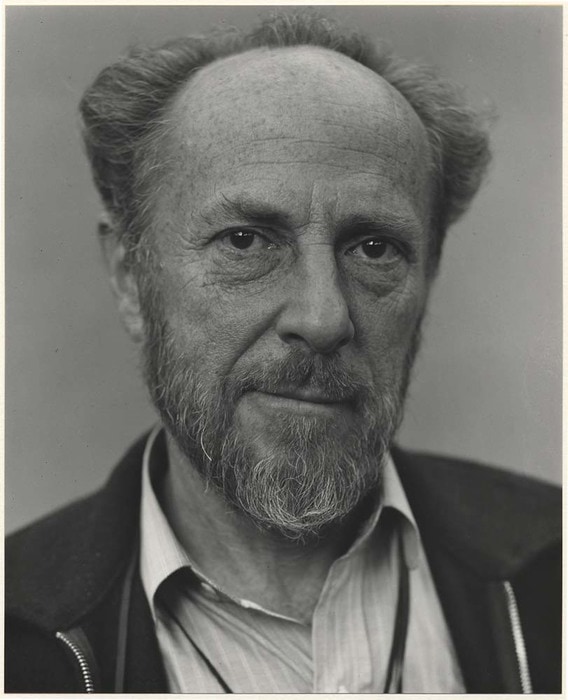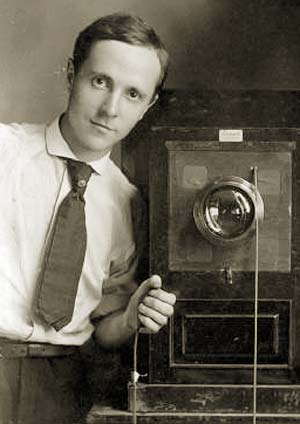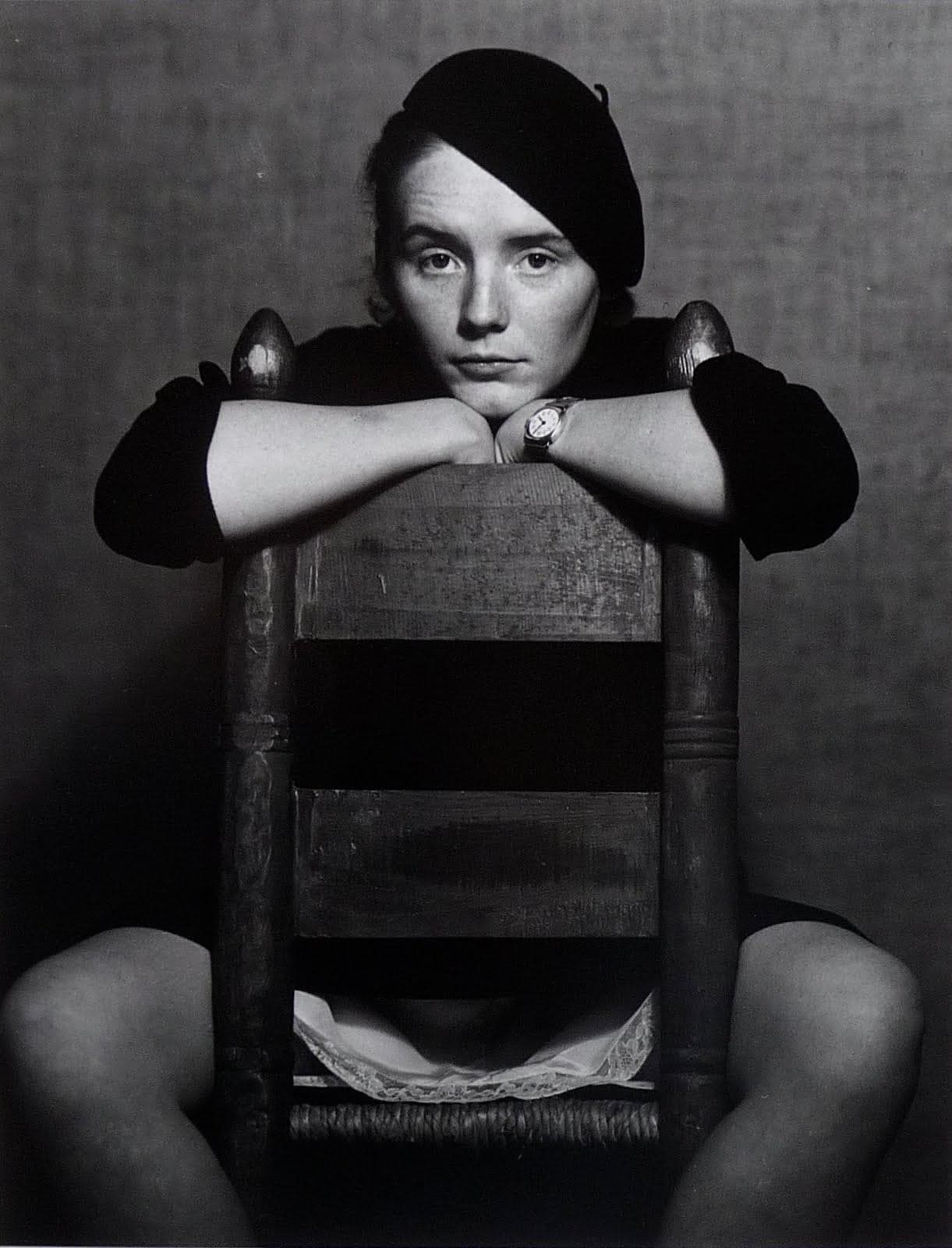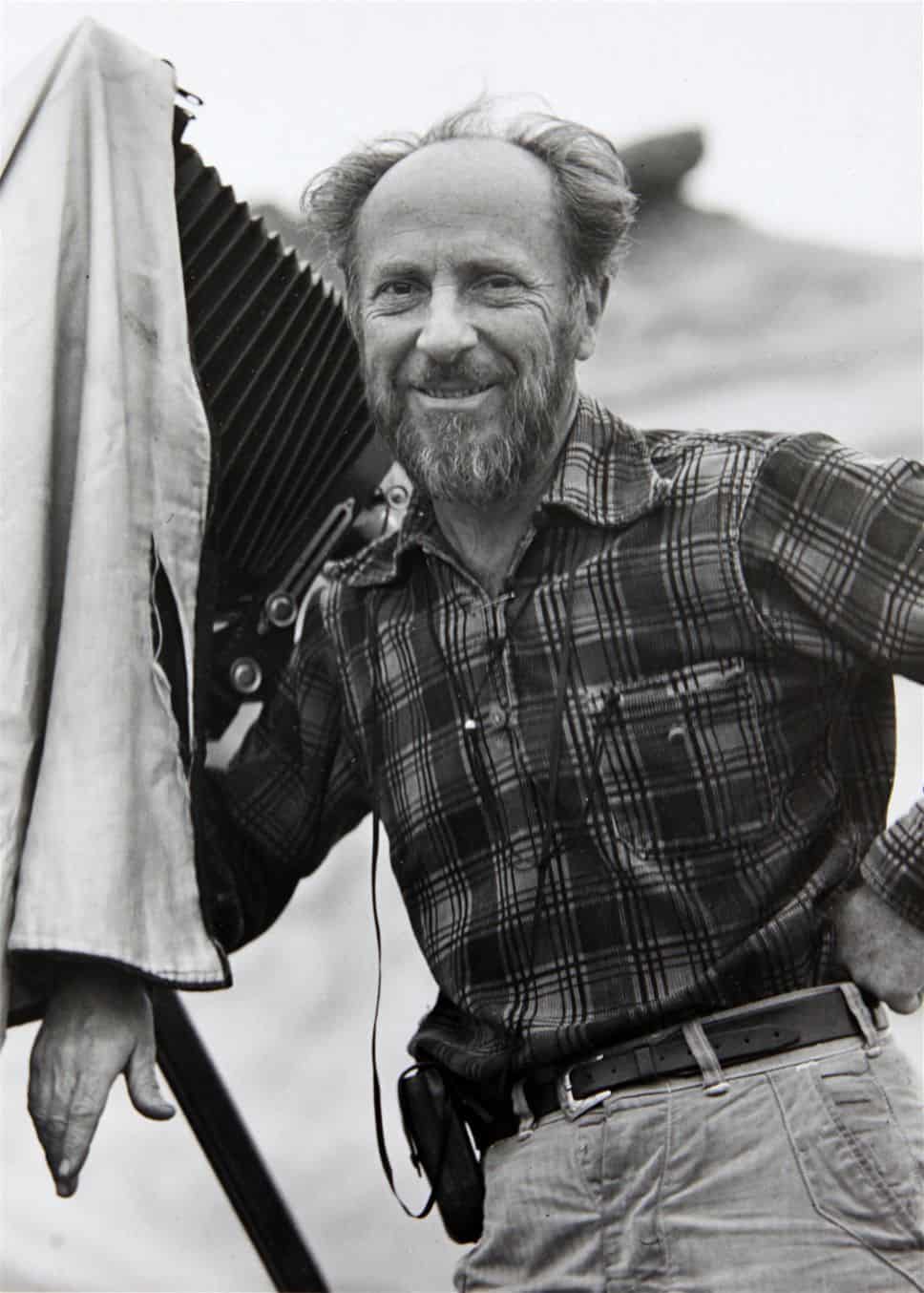Edward Weston, born on March 24, 1886, was a renowned 20th-century American photographer known for his innovative and influential approach to modern photography. His captivating work spanned various subjects, including landscapes, nudes, still lifes, shells, and portraits. Through his career, Weston developed a unique aesthetic and technique that elevated his artistry and helped shape the course of portraiture in the United States.
Weston’s exceptional skills in visual storytelling garnered him a reputation as one of his generation’s most outstanding American photographers. His ability to transform ordinary objects, such as a humble green pepper, into modernist masterpieces demonstrated the depth of his talent and artistic vision. One of his vintage prints, “Nautilus” (1927), fetched an impressive $1,082,500 at Sotheby’s New York auction.
With such remarkable accomplishments, it is natural to inquire about Edward Weston’s net worth as a reflection of his impact on photography. Weston’s photographs can range from hundreds of dollars to tens of thousands for significant works, such as the famous landscape “Dunes, Oceano” (1936), which is priced at $35,000. However, the value of his artistry and legacy goes far beyond any monetary measure.
Content of This Article
- Edward Weston’s Appearance
- Facts About Edward Weston
- Edward Weston’s Net Worth
- Early Life
- Edward Weston’s Wife and Family
- Edward Weston’s Career
- Edward Weston’s Real Estate
Edward Weston’s Appearance (Height, Hair, Eyes & More)
| Height | N/A |
| Weight | N/A |
| Hair Color | N/A |
| Eye Color | N/A |
| Body Type | Average |
| Sexual Orientation | Straight |
Facts About Edward Weston
| Nationality | American |
| Estimate Net Worth | $5 million |
| Religion | Catholic |
| Zodiac Sign | Aries |
| Birthplace | Highland Park, Illinois, United States |
| Birthday | March 24, 1886 |
Edward Weston’s Net Worth

As of 2023, Edward Weston’s net worth was estimated at $5 million before he died in 1958. He had earned his fortune primarily through his career as a professional photographer. Weston’s photographic works convey a unique aesthetic, which has led to their continued appeal and success.
His atmospheric and timeless images have been highly sought-after, with some of his significant works selling for tens of thousands of dollars. For example, his famous landscape piece, “Dunes, Oceano” (1936), has been priced at $35,000. In addition to his photography skills, Weston was known for receiving prestigious accolades throughout his career, such as the Guggenheim Fellowship in 1937. This prestigious grant enabled him to continue his work on a larger scale, ultimately contributing to his financial success.
Despite the passage of time, Edward Weston’s contributions to the field of photography have remained significant, ensuring the value and relevance of his work today. This has helped preserve his legacy and maintain the high market value and demand for his archival photographs.
Early Life

Edward Henry Weston was born in Highland Park, Illinois, on March 24, 1886. He grew up in a family that nurtured an intellectual environment, significantly shaping his persona. With that, his family played a significant role in shaping his life and career. Weston’s mother, Alice Jeanette Brett, was a Shakespearean actress before marriage. Unfortunately, she passed away when Edward was only five years old. His sister, Mary “May” Jeanette Weston, then raised him. As a young boy, he was fascinated by photography and often saved up to buy photographic equipment and take pictures around his aunt’s farm.
Education
Edward Weston’s passion for photography led him to pursue formal education. He attended the Illinois College of Photography, where he honed his skills and learned new techniques—this period in his early life laid the foundation for his career as one of the most innovative and influential American photographers of the 20th century.
Edward Weston’s Wife and Family

In 1909, Edward Weston married his first wife, Flora Chandler, with whom he had four children: Edward Chandler (1910), Theodore Brett (1911), Laurence Neil (1916), and Cole (1919). The family initially resided in California, where Edward opened a portrait studio in Tropico in 1911, which served as his base of operation for two decades. He gained success in his field by working with soft-focused pictorial techniques in the early years of his career.
Weston’s personal life was not without challenges, as he eventually left his wife, Flora, and moved into his Tropico studio with Tina Modotti. Meanwhile, in the 1930s, Weston saw Charis Wilson, a young and beautiful woman, at a concert and was determined to meet her. Her brother Leon introduced them, and despite a significant age difference (he was 48 and she was 20), they were intrigued by each other. At that time, Weston was still married but separated from his wife Flora, and he had a lover, Sonya Noskowiak, living with him.
Charis visited Weston’s studio, and although he wasn’t there, Sonya showed her some of his photography works, even asking if Charis would like to model for him. Charis found Weston’s nude photographs particularly striking and agreed to pose for him. The two fell deeply in love after just a couple of modeling sessions. Weston, an accomplished photographer, took numerous photos of Charis, particularly appreciating her willingness to pose nude. Charis, on her part, found modeling for him to be a deeply self-aware and almost meditative experience. Weston even took one of his most iconic nude photos of her during an impromptu moment in the Oceano Dunes, a remote area with massive sand dunes.
In the midst of their passionate and collaborative relationship, they also worked together professionally. Charis helped Weston get a Guggenheim Fellowship in 1937 by writing his application, and they traveled extensively together, exploring and capturing the American West. They even co-authored a book, though Charis didn’t get the credit she deserved for her significant contributions. In 1939, they got married and continued to work together. But over time, their relationship soured. Charis felt underappreciated and overshadowed despite her substantial involvement in their joint projects. Weston, still charmed by other women, often prioritized his photography over their relationship.
Eventually, Charis found her own path, becoming involved in documenting labor issues in Northern California. She met a labor activist, Noel Harris, and they began a relationship. Tired of sidelining her own desires for Weston, Charis filed for divorce in 1946. For his part, Weston didn’t seem too fazed and accepted it without objection.
However, despite the changes in his personal life, he continued to make significant strides in his career, pushing the boundaries of photography and leaving a lasting legacy. Throughout his life, Edward Weston remained an influential figure in photography, garnering recognition and respect for his unique approach, dedication, and undeniable talent. His family, particularly his wife and children, contributed to his journey and played a crucial role in shaping the man behind the camera.
Edward Weston’s Career

Edward Weston was a 20th-century American photographer who significantly contributed to modern art and is considered one of the most innovative and influential American photographers. Over his 40-year career, Weston photographed various subjects, including landscapes, still lifes, nudes, portraits, genre scenes, and even whimsical parodies. He moved away from the earlier soft-focus pictorialism to embrace highly detailed photographic images, becoming a leading advocate of “straight photography.”
Weston began his career in Chicago parks before moving to California, where he met and collaborated with photographers like Margarethe Mather, Imogen Cunningham, and, ultimately, the members of Group F/64. This group, which included Ansel Adams, Paul Strand, and Willard Van Dyke, among others, played a crucial role in promoting modernist photography in the American West. They shared a passion for straight photography and large-format cameras, like the 8 × 10 view camera Weston favored.
In 1923, Weston traveled to Mexico with Tina Modotti, an Italian photographer and actress, where they embraced a modernist approach to photography by capturing the works of muralists like José Clemente Orozco and commonplace unusual subjects. His time in Mexico also marked the beginning of his intimate nudes series. After returning to California, he continued experimenting with composition and subject matter, often focusing on mystical and erotic themes.
Weston’s most famous works include his “Pepper No. 30,” a sensual and almost sculptural image of green pepper, nautilus shells, and various landscape photographs from Point Lobos, California. He was known for his meticulous handling of camera and darkroom techniques, resulting in precise and highly detailed images.
Weston’s influence expanded to other American photographers and beyond throughout his career. He was a founding member of the influential Group F/64, which advocated a modernist approach to photography, breaking away from traditional pictorialism. His photographs have been exhibited at prestigious institutions such as the Museum of Modern Art (MoMA) in New York and the San Francisco Museum of Modern Art.
Unfortunately, Weston’s career came to a halt in the early 1950s as he struggled with Parkinson’s disease, which made it increasingly difficult for him to handle his equipment and continue printing his work. However, his son Brett Weston eventually took over his father’s printing responsibilities, working from Edward Weston’s original negatives and carrying on his legacy.
Edward Weston’s career marks a significant chapter in American photography’s history, showcasing the art form’s evolution through the 20th century. His modernist approach to composition and technique established him as one of the masters of 20th Century Photography. Today, his work remains a testament to his lasting influence on the photographic medium and the development of modern art in America.
Edward Weston’s Real Estate
Edward Weston, a renowned photographer, owned and resided in various properties throughout California. His journey in real estate began when he opened his portrait studio in Tropico, California, in 1911. For the next two decades, this studio in Tropico, now part of Glendale, became his base of operations.
In the 1920s, he moved significantly to Carmel, California, where he would create some of his most famous works. While living in Carmel, Weston continued to develop his innovative approach to composition and subject matter, revolutionizing photography as an art form.
As his career progressed, Weston eventually moved to a property in California’s Big Sur region known as Wildcat Hill. This would become his final home and studio, where he spent most of his life. Wildcat Hill served as a residence and a creative sanctuary, contributing to his artistic legacy.
Despite his connections to various California locations such as Highland Park and Tropico, his life and work in Carmel and Wildcat Hill remain some of the most influential and memorable aspects of Edward Weston’s real estate history.
Net Worth of Other Notable Photograpers
Dorothea Lange’s Net Worth
Dorothea Lange, born on May 26, 1895, in Hoboken, New Jersey, was an iconic American documentary photographer and photojournalist whose work during the Great Depression left an indelible mark on the history of photography. Rising from her early days as a portrait photographer, Lange’s profound images, particularly her famed “Migrant Mother,” depicted the raw hardships faced by migrant workers, the unemployed, and their families. Serving as a voice for marginalized communities, her photographic narratives captured authentic emotions and shed light on socio-economic disparities of her era. Her dedication to using her craft as a platform for social commentary led to recognition and accolades, among which she was posthumously inducted into California’s Hall of Fame. With a career that had such historical significance, it’s intriguing to delve into aspects such as Dorothea Lange’s net worth, which is estimated to have been between $1 million to $5 million.
Richard Avedon’s Net Worth
Richard Avedon, an iconic American fashion and portrait photographer, was known for his groundbreaking visual narratives and ability to capture the essence of his subjects with depth and honesty. Throughout his extensive career, he worked with countless celebrities, models, and notable personalities, making significant contributions to the world of photography and establishing himself as a significant force in the industry. His works not only brought him acclaim and recognition but also substantial financial success, leading many to inquire about Richard Avedon’s net worth.
